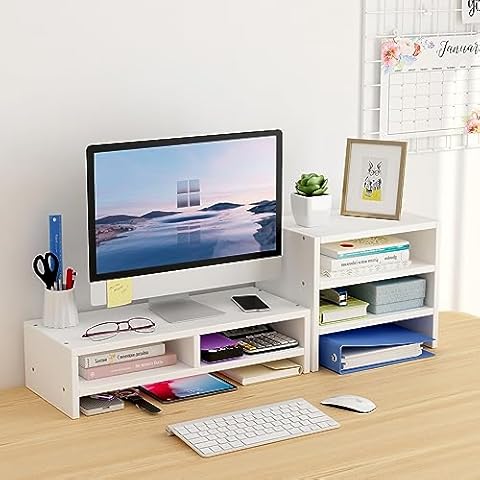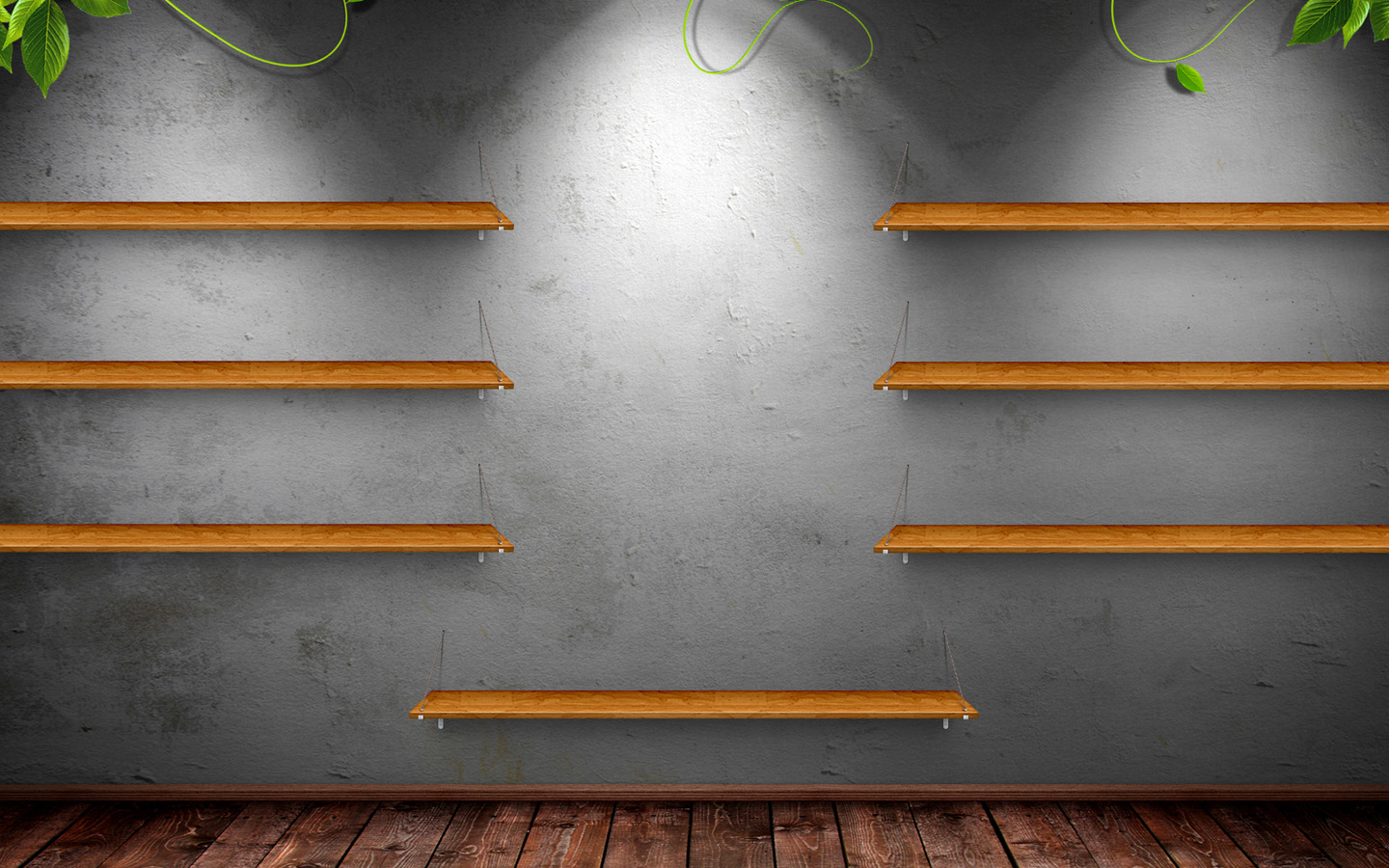
AMD Ryzen 9 7950X 16-core 5.7 GHz (AM5 Socket) : AMD's 16-core behemoth is a killer CPU for high-end 4K or 144-Hz gaming, but it has some special requirements.It's not as quick or nimble as AMD's top-end offerings but honestly it keeps pace with the more expensive processors surprisingly well. AMD Ryzen 5 7600X 6-Core 5.3 GHz (AM5 Socket) : The Ryzen 5 7600X is an excellent choice for a gaming or video editing PC.It is very pricey as it just hit store shelves and it's one of the highest-end processors on the market, but it's an absolute beast. This thing pushes games to their absolute limit and shreds content creation workloads.
Intel Core i9-13900K 8-Core 5.8 GHz (LGA 1700 Socket) : Intel's high-end gaming option, the 13th-gen Core i9, is an incredibly versatile performer.Intel Core i7-12700K 8-Core 3.6 GHz (LGA 1700 Socket) : An Intel i7 will see you through most heavy workday tasks and 4K gaming.Intel Core i5-12600K 6-Core 3.7 GHz (LGA 1700 Socket) : Intel's 12th-generation i5 offerings are a great choice for everyday workloads and won't get bogged down by your games, as long as you have the GPU horsepower to pull most of that weight.We try to keep this list updated regularly with prices that aren't too much higher than MSRP, but if any of the prices here skyrockets between updates, shop around. This list has motherboards of all price points on it, but there are way more out there than we can ever test and cover for you so if you see one that you like, write down its specs and compare it to others on the market to find a good fit for your budget and your vibe. Moving up to 32 GB is essential for video editing, and it's really nice to have for gaming but it's not a requirement by any means. With regard to RAM, 16 GB is what I'd say is the minimum for a gaming PC. When it comes to storage drives, two M.2 slots is plenty, more than that is kind of a luxury. The question though, is whether or not you need those extra ports. Nicer boards also typically have more lights on them, too which is of vital importance for a gaming PC. A more expensive motherboard like the MSI MPG Z590 is going to mean you get more ports, more slots for internal components like storage drives, and more slots for RAM or support for more RAM. I've made that mistake before and it's always a pain to realize your motherboard is too big for your snazzy little case.īuying advice: Okay, let's be real: What separates a fancy motherboard from a cheap motherboard? The truth is, not much.
Computer desktop shelves Pc#
Your PC case will list which size motherboard it supports, so make sure they match up. That’s what I generally recommend, especially if this is your first build. Motherboards also come in a couple of sizes, the most common being ATX (or “full size”). That’s a lot of stuff! Here's a little breakdown of what each component does, along with some hardware recommendations.

The only thing you might not need if you're mostly using this PC for home-office tasks is a graphics card (or GPU), but it's necessary for photo or video editing and gaming. For the purposes of this guide you're going to see a lot of abbreviations but let this section act as your glossary.įirst off, you’ll need a motherboard, a central processing unit (CPU), a solid state drive (SSD) or hard disk drive (HDD) for storage, memory (RAM), a power supply (PSU), a case, and a monitor. Regardless of what kind of PC you’re building ( home office or gaming), the components you need are going to be the same. It comes in handy to keep track of things. I do this in Notes on my phone, with the title of each build right up at the top. Additionally, I recommend keeping a list of what you want, what you have, and what your budget is. It even has a few example builds you can tweak to your liking. Not only does it have everything you need to buy, it also lets you build your PC piece by piece right on the website and makes sure all your hardware will play nicely together. In order to get a list of components together, no matter what your experience level is, you should use PCPartPicker.


All of my most cost-effective PC builds have been slow and steady ones. Grab components when they're cheap, hold on to 'em and keep an eye out for a good price on what you need next. We've added buying advice to each category most affected by the shortage to speak more specifically to each component's scarcity (or abundance now that prices are falling), but in general just know that building a gaming PC, even as prices come down, might be a little more expensive than you expect.


 0 kommentar(er)
0 kommentar(er)
